
“There is no better salad herb known to man,” says Juilette de Bairacli Levy of watercress, Nasturtium officinale.
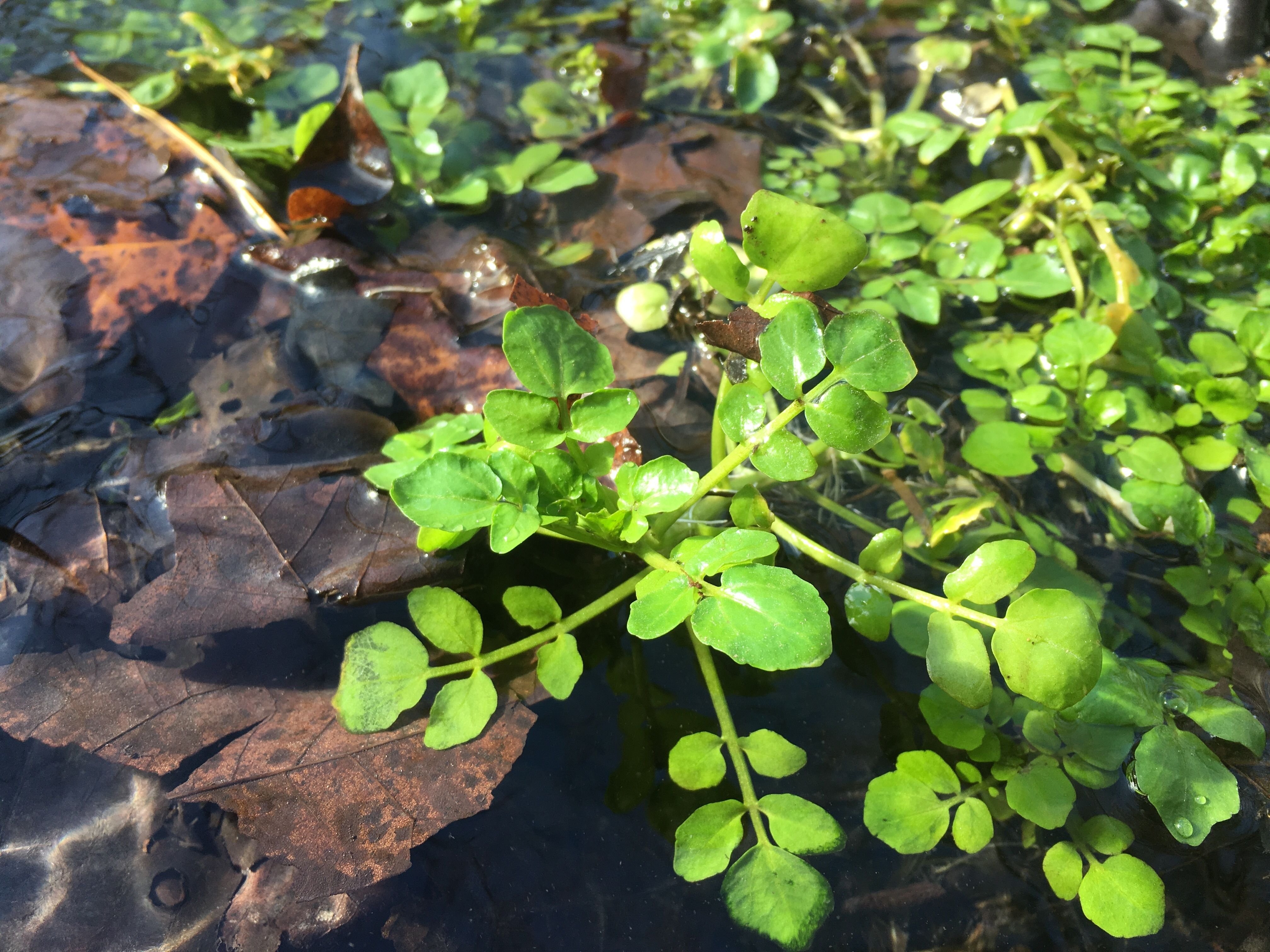
Winter has kissed our homestead, as frozen soil crunches underfoot and life slumbers. This can be a darker and slower time for sure. This means a lot more time spent indoors and less plant activity. Being a plant person, this makes it tough. But today I visited a good friend and plant ally of mine, watercress.
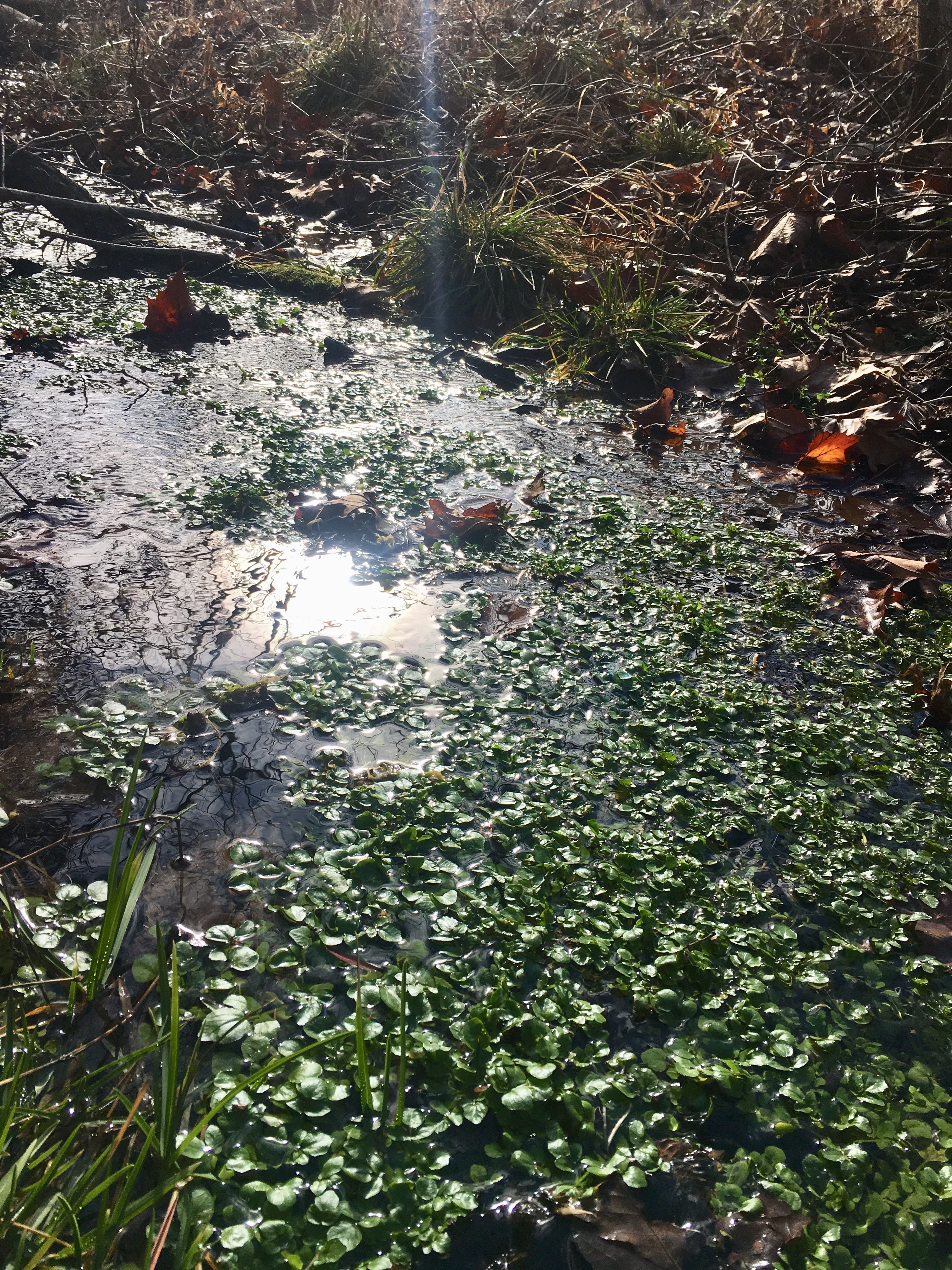
Today watercress is actively growing wild on our property down in the spring, in BELOW FREEZING temps!
I have truly come to appreciate this plant since moving to the Ozarks. Previously I had heard about it, but now my association is verging on a love affair. The bright green mats formed are often a sign there are spring outlets nearby as it thrives in cool temperature and constant Earth temperature water.
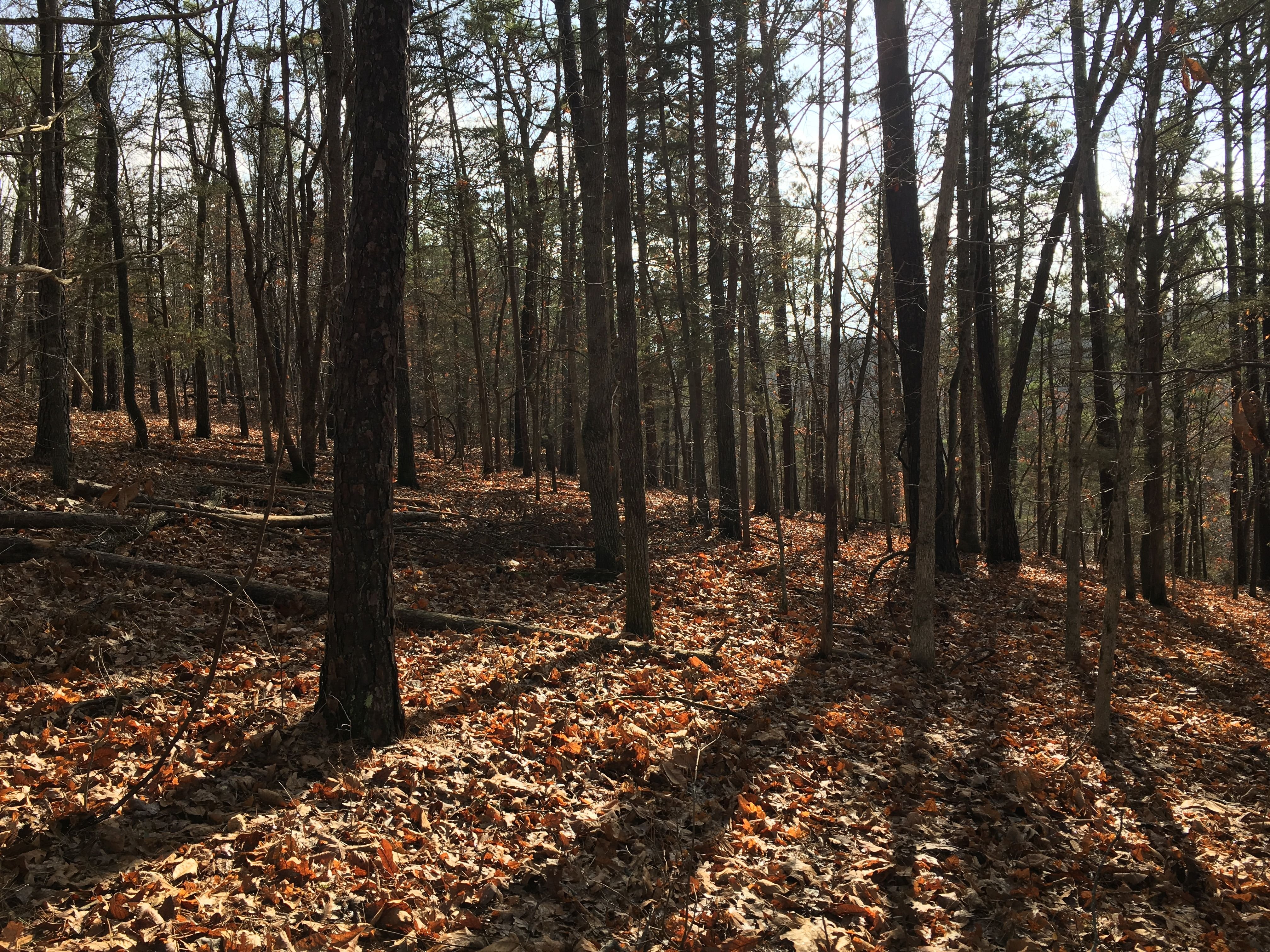
I walked down to our spring feeding into the creek and was pleased to see the lush green carpet of watercress I’ve come to love. With nearly year round growth, the zippy piquant flavor, and delicate crunch watercress is a wild food winner.
In the following paragraphs, we’ll acquaint you with Juliette de Bairacli Levy’s herbal profile of watercress (she is called the mother of herbalism by many and we’ll call her Juliette of the herbs from now on—by the way, there’s a wonderful documentary with the same title about her!), give a Traditional Chinese Medicinal Approach and share some modern scientific investigations and share a video of cold weather loving perennials we made in November!
Onward!
Hi, I’m watercress, nice to meet you.
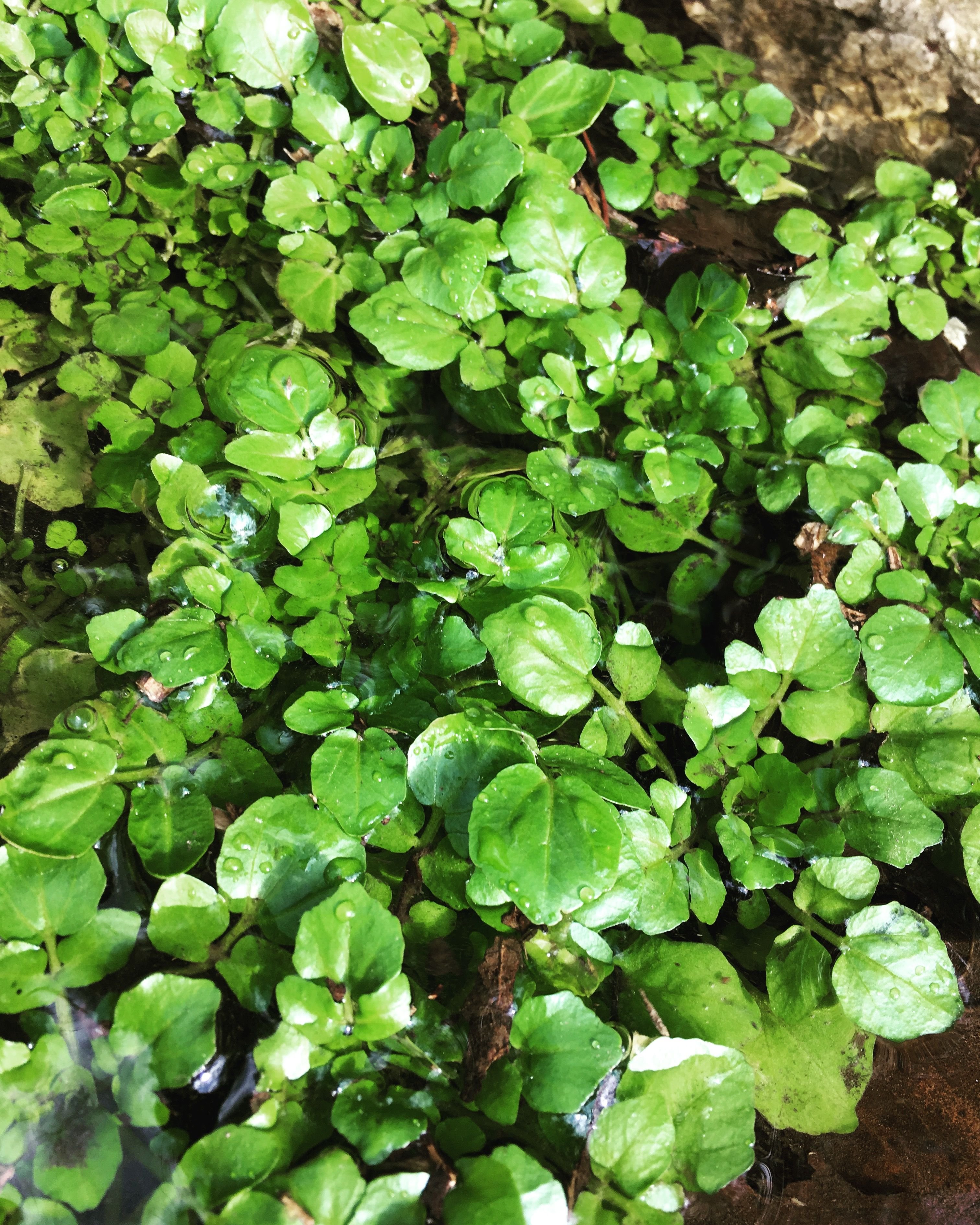
Know botanically as Nasturtium Officinale, watercress belongs to the brassicacaea family of plants (so does kale, cabbage, broccoli, mustard etc…). Growing over a wide range, watercress prefers wet conditions (especially moving water), but is very adaptable. It can be cultivated in a garden setting or found (at least where I live) in the numerous waterways growing wild. The flavor of the leaf is peppery, sharp and almost biting, very much like the nasturtium flower. Cooking greatly decreases the zing, for better or worse. The flowers are intoxicating in their aroma (not in action) and can be noted from quite a distance. They are bright and fruity. Delightful indeed.
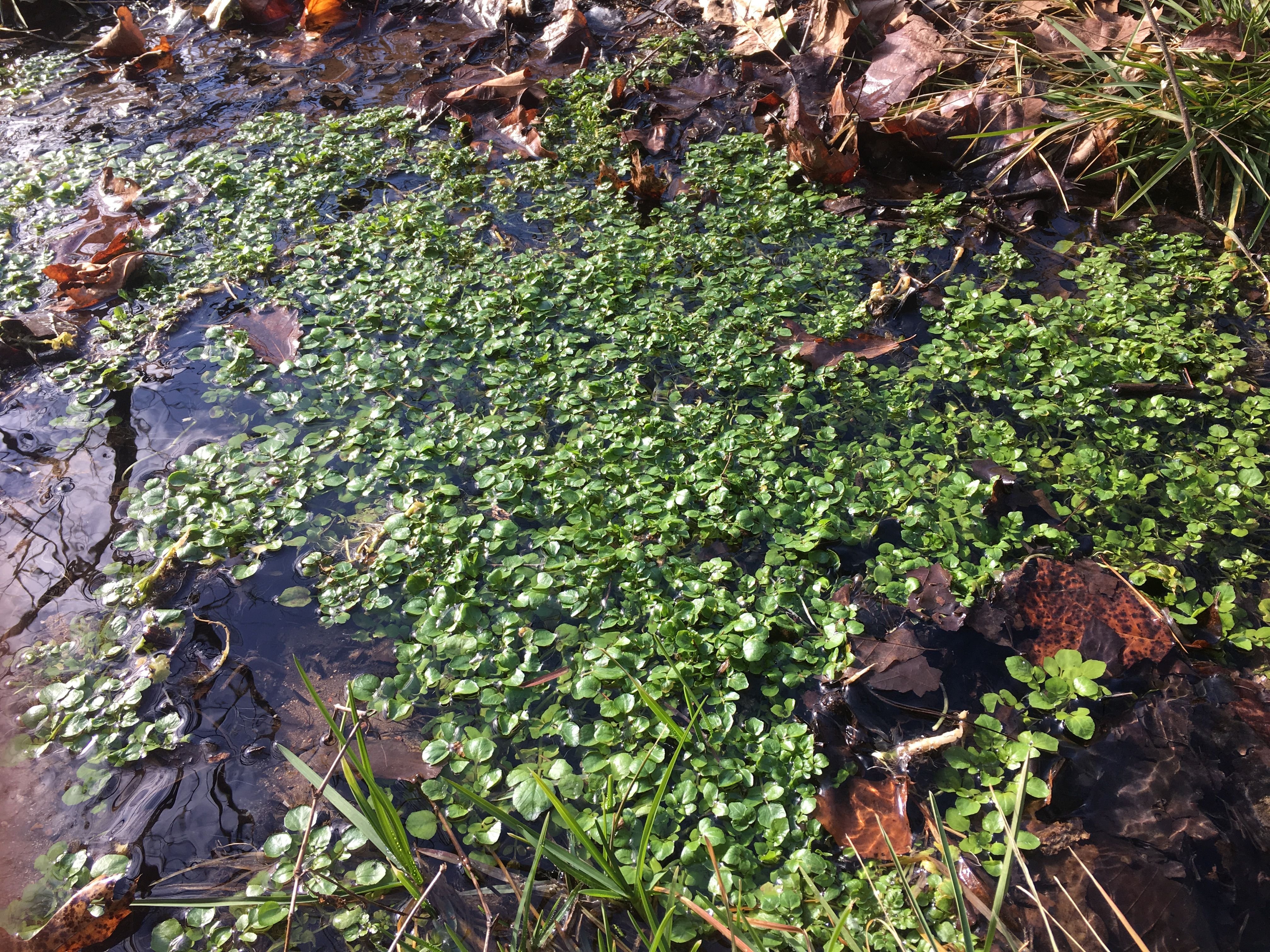
According to Juliette of the herbs in her book Common Herbs for Natural Health,
“Dose: Eat as much watercress as can be obtained, raw, in the daily salad. There is no better salad herb available to man. An old name for watercress was “poor man’s bread.” When wheaten bread could not be afforded, there was always watercress. The raw seeds, a tablespoon as a dose, taken fasting in the morning, are a cure for worm infestation. In winter, or whenever watercress is freely available, it is the season for making good provecal watercress soup. The cress is cooked with milk, garlic, butter, and cayenne pepper.
Two handfuls of the raw herb eaten daily cannot fail to be beneficial; larger quantities can be taken if desired.
A good way of taking this biting, hot herb is to chop it finely, steep in a cup of cold milk, then drink the watercress-infused milk and eat the residue of the herb. Can also be finely chopped and forked into white cheese.”
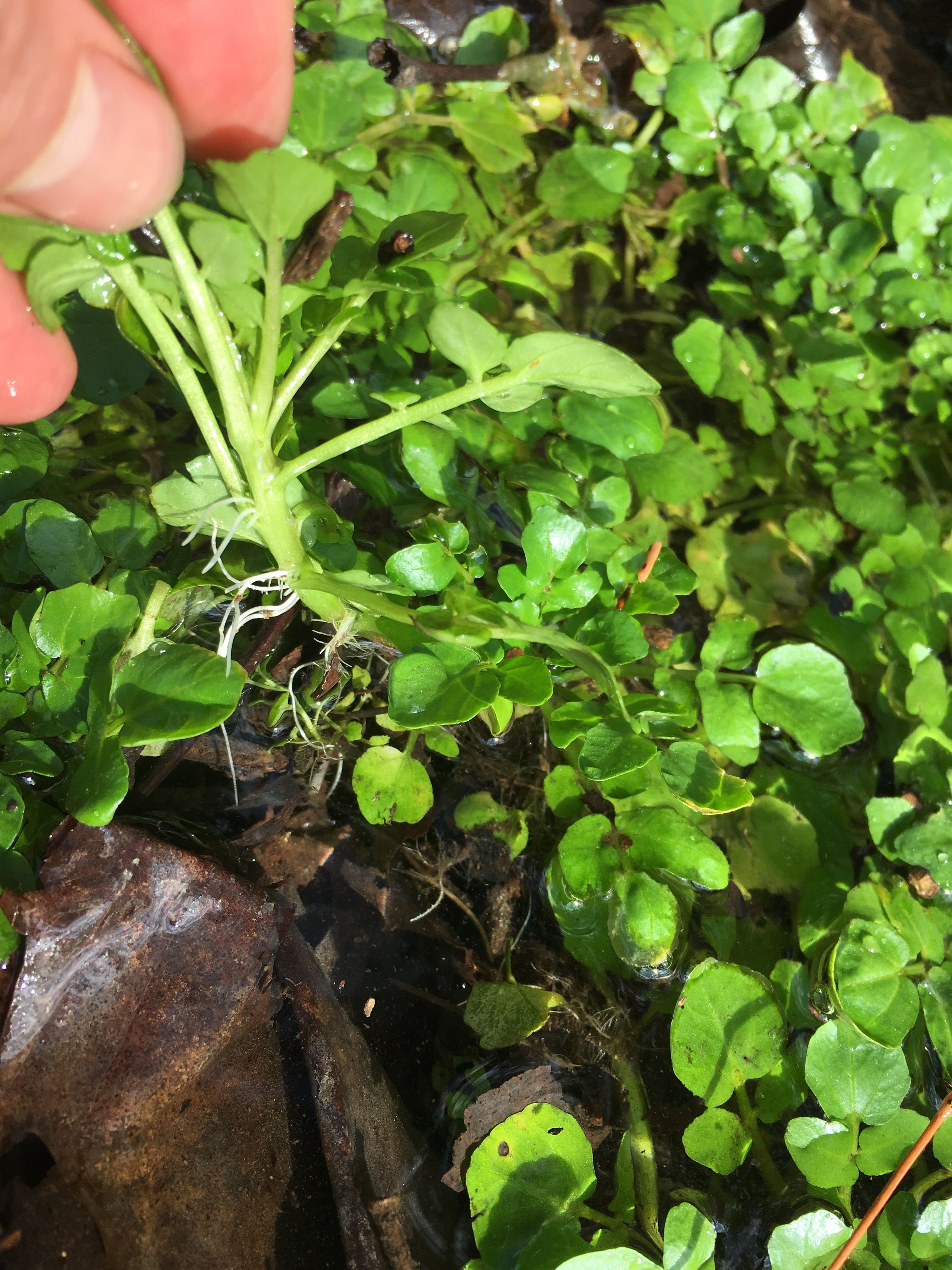
Easy to Propagate
It roots extremely readily, evident by the numerous rootlets throughout the stem. The beauty of this plant is that if part of it becomes dislodged from a colony, it will usually move downstream and root where it rests. If you find some growing wild you can transplant it to another location (in soil or water) quite easily. See in this video how long the rootlets are. Enjoy:
For us it certainly brightens up our winter diet. Relying upon stored food, a few greens from our high tunnel and some fresh grown sprouts, watercress brings a big boost to the table when the land lies dormant.
Watercress is a very nutrient dense food, offering potent doses of Vitamin A, Vitamin C, Vitamin E (Alpha Tocopherol), Vitamin K, Thiamin, Riboflavin, Vitamin B6, Calcium, Magnesium, Phosphorus, Potassium and Manganese.
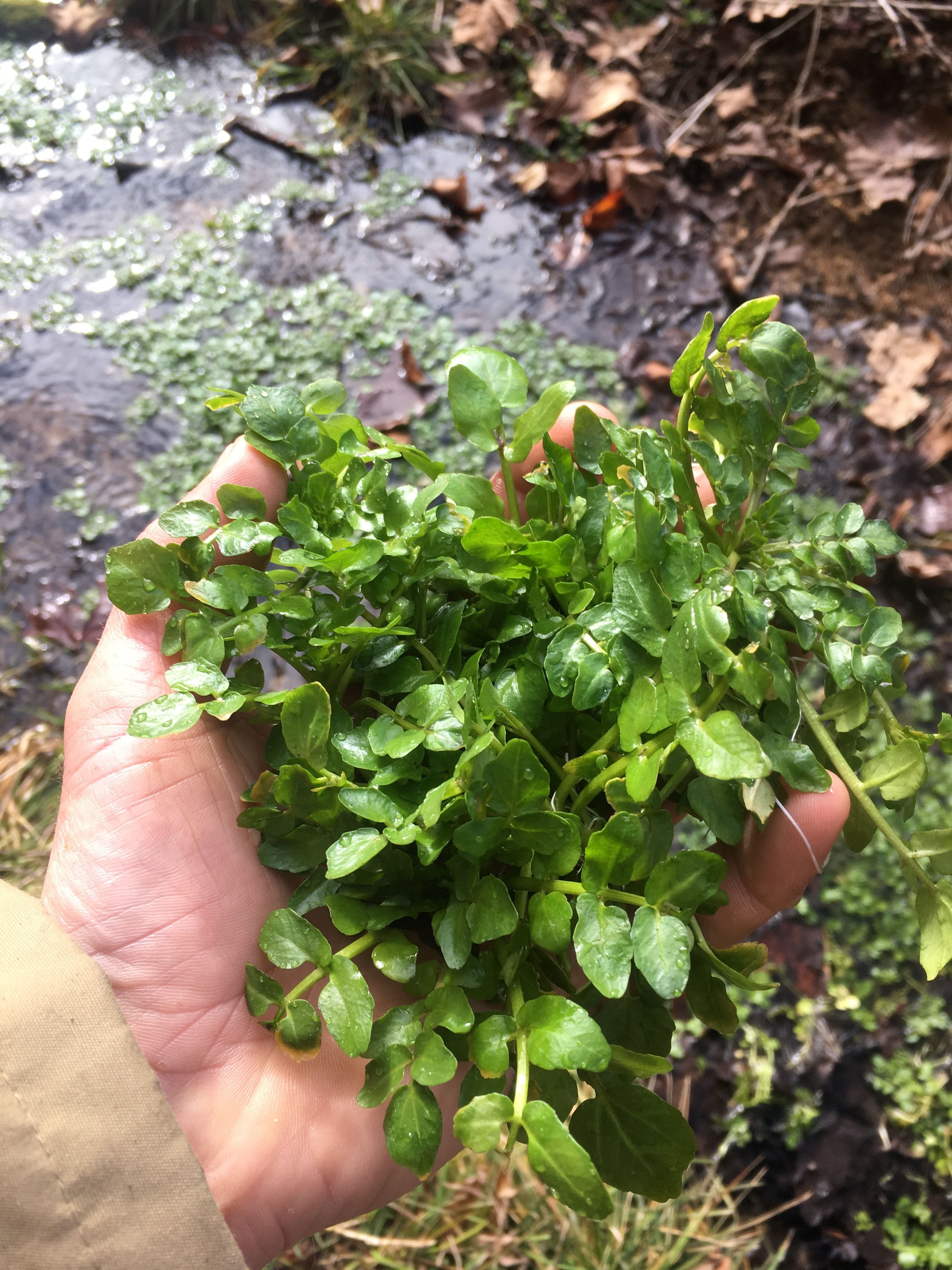
One unique compound in watercress is sulphoraphane, an anti carcinogenic agent. No other plant contains as much of this photochemical (other than broccoli sprouts perhaps). Read more about it in How sulphoraphane fights cancer .
Traditional Chinese Medicinal Approach:
According to the Chinese tradition watercress is cool and bitter in nature, it clears heat, quenches thirst, lubricates lungs and promote diuresis.
Folk remedies:
- thirst, irritability, sore throat -- drink fresh raw juice
- Cough -- Boil watercress and apricot (or almond kernels). Remove apex from apricot kernel, which is toxic”
-Tao of Nutrition by Ni and McNease
From Julitte of the herbs:
Use internal: Treatment of weak and impure blood, anemia, rickets, of all nervous ailments, lack of appetite, weak eyesight, failing or scanty supply of breastmilk. To strengthen the heart, cure infertility. Treatment of all internal tumors and cysts including uterine cysts. For rheumatic ailments, stiff back and stiff joints in any part of the body.
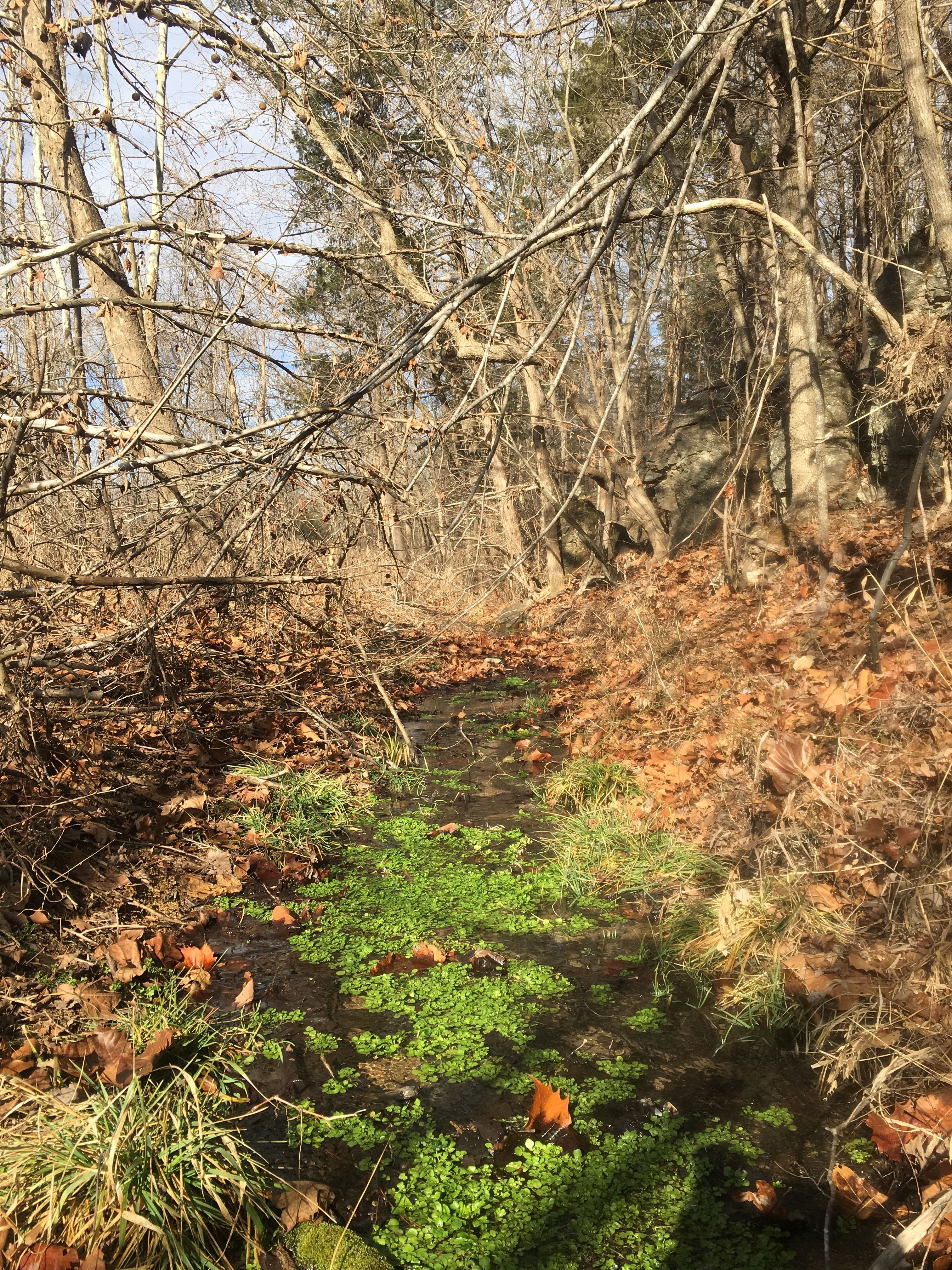
And you can see, watercress is an amazing plant!
Make sure you get it from a trusted source!

